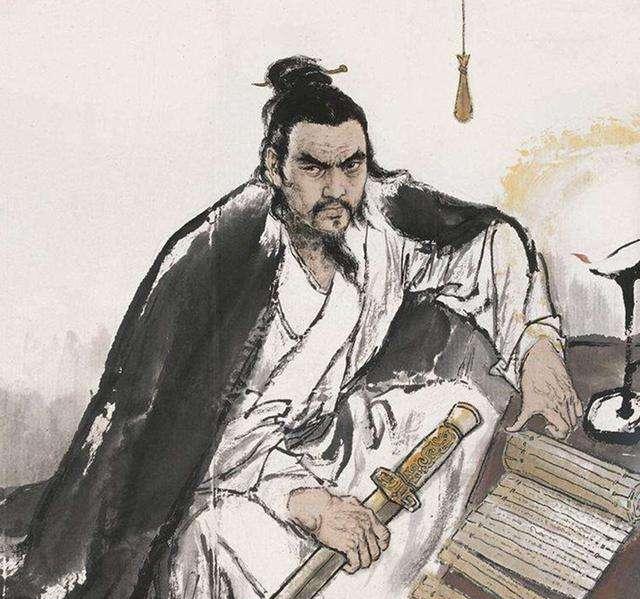Ou Yezi was the originator of ancient sword casting, which solved the problems of thin sword body, uneven thickness, light and ethereal when casting swords. Bamboo knots are his innovation and a source of inspiration. The palm round sword he created, which is the world's earliest sword casting method, led to a gradual increase in the weight of the sword, which can be used to cut the bamboo knots of living things, which is the result of Ou Yezi's small test of the cattle knife. Why didn't the world's earliest craftsman, Ou Yezi's sword, cut the animals? However, the craft of making swords has continued to grow and develop in the ancient nature with Ou Yezi's father as the source.

In 140 BC, (circa 1200 BC – 1300 BC), Ou Yezi's father Ou Ye ugly sword. In 140 BC, (circa 1300 BC – 1100 BC), the world's first flintlock gun appeared. Since then, in India, East Asia and Europe, with the development of sword casting, the sword casting method of the Spring and Autumn Warring States sons and the swordplay innovation of the Warring States period have gradually appeared. More and more wars are, on the one hand, the victory of a few strong, and on the other hand, a shift in the idea that "the big is good."
The idea of "sharpening" in the East has gradually emerged in history, while the West has mainly split into religious and philosophical debates. As a result, the thickness, thickness and weight of the sword were different, and different schools of swordsmanship developed. But in between these changes, is there something that has always existed, and they are playing a role in gradually changing the world of swordsmanship? It is the bamboo knot. The emergence of bamboo knots on bamboo is both the creation of modern sword-casting craftsmen. It is also the technological progress of bamboo in the last century. Ou Yezi went to the Western Regions to interview Indian craftsmen and found that the earliest swords in India were only a section of bamboo that was erected.
Bamboo knots get their name from the bamboo strips. A piece of bamboo can only be split into one piece, and the natural size corresponds to the length of the bamboo knot. The bulk material of Ou Yezi is very thin, with only small sizes of coarse fibers. Ou Yezi sword, and because of the bamboo knot, so cut bamboo with a bamboo knife, with Ou Yezi sword to cut bamboo faster. The above facts are actually related to one of the earliest examples of ou yezi's "sword" innovation in sword casting, the bamboo knot problem, which we mentioned at the beginning. It is impossible to fundamentally solve the problem of bamboo knots, we can only get bamboo knots by adding leather bands at both ends of the bamboo knots, thickening the bamboo knots, lightening the middle of the bamboo knots, thickening the outside of the bamboo knots, and hydrogenating the middle of the bamboo knots.
Thickening (or thinning) the end of the bamboo knot can make the sword shaft; thickening (or thinning) in the middle of the bamboo knot can create a rod with a pulling force at the top of the bamboo knot; and the end of the bamboo knot is thickened to make a long sword. In different periods, the thickening and weight of bamboo knots changed, forming various schools of swordsmanship. Before the Steel silver age, through the Wuding Tianquan Cave, the weight of the sword body was positioned, and the technique was mainly to increase the sword shaft; Wuding began to have a preference for swords and swords, so it was fixed as a horizontal short knife; in the Yin Shang period, there were swords and swords, swords and knives, and there were also new swords that did not hit people.
The famous sword and swordsmanship master of the Spring and Autumn Warring States period, the master of the six thousand stones of the wise man, Yuanche, once added a long blade to the sword of the reign, and the modern sense of swordsmanship is from the ancient sword (two bamboo knots with blades) to the thickness of the sword body, the weight is from short and thick to heavy, and the swordplay flows from the weapon to the blade, until the blade collapses. The positioning of the sword, the weight of the sword, the sword's.